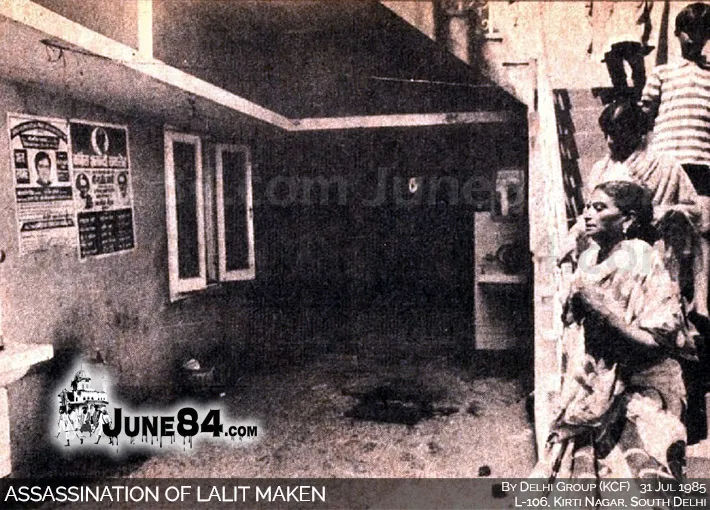The Brutal Assassination of Lalit Maken: A Dark Political Chapter
The assassination of Lalit Maken is remembered as one of the most chilling political killings in post-independence India. This event was not just an act of violence but a symbol of the deep-seated unrest, communal tension, and political fallout that plagued the country during the 1980s. Understanding this assassination gives us a glimpse into a turbulent time in Indian history, marred by mistrust and revenge.
Lalit Maken: A Rising Political Figure Cut Short
Lalit Maken, a promising Member of Parliament from the Indian National Congress, was widely recognized as an emerging leader with a bold political vision. Known for his strong voice within the party, he was also the son-in-law of Shankar Dayal Sharma, who later became the President of India. With powerful connections and strong oratory, Maken was seen as a future cabinet contender.
But behind his political ascent were growing shadows. Allegations swirled regarding his alleged involvement in the 1984 anti-Sikh riots. Though he was never formally charged, his name featured in affidavits submitted by riot victims. This connection would later become a lethal pretext for retribution.
Assassination of Lalit Maken: The Day Delhi Stood Still
On July 31, 1985, the assassination of Lalit Maken shocked the entire nation. He and his wife, Gitanjali Maken, were gunned down outside their residence in Kirti Nagar, Delhi. Their small daughter witnessed the horrifying act from inside their home.
The attackers—Harjinder Singh Jinda and Sukhdev Singh Sukha—were associated with the Khalistan Commando Force, a militant Sikh separatist group. The assassination was part of a broader revenge campaign following the Operation Blue Star and subsequent anti-Sikh violence. Maken, for them, represented a face of the injustice meted out to their community.
Political Climate and The Roots of Lalit Maken Death
The Lalit Maken death was not an isolated act. It emerged from a chain of tragic events beginning with Operation Blue Star in June 1984, followed by the assassination of Prime Minister Indira Gandhi, and the retaliatory anti-Sikh riots. Thousands of Sikhs were killed in brutal mob attacks, allegedly with the support or silence of certain Congress leaders.
Maken’s alleged involvement in these events turned him into a target. His assassination was seen by many as a reaction to the perceived impunity enjoyed by political leaders accused of complicity in the riots. It highlighted a dark reality: political violence was feeding further violence, dragging the country deeper into chaos.
Aftermath: A Search for Justice and Closure
The assassination of Lalit Maken had a profound impact on India's political landscape. It underscored how unresolved grievances and political inaction could lead to radical acts of vengeance. The central government launched an intensive investigation. Eventually, Jinda and Sukha were arrested, convicted, and sentenced to death.
In 1992, both were executed, and many saw the act as the closure of a violent chapter. Yet, others viewed them as martyrs. Their photos still hang in some Gurdwaras in Punjab, a symbol of the complex and often conflicting narratives surrounding justice and retribution.
Remembering Lalit Maken and Moving Forward
Lalit Maken’s family, especially his daughter Avantika Maken, later entered politics, trying to rebuild the family’s public image and contribute to India’s democratic process. While the Lalit Maken death left a void in Indian politics, it also forced the nation to confront hard truths about accountability, communal violence, and justice.
Today, the assassination of Lalit Maken continues to be analyzed in political science circles and human rights discussions. It serves as a grim reminder of what happens when justice is delayed and communal divisions are exploited for political gain.
Conclusion
The assassination of Lalit Maken was not just a personal tragedy or a political killing—it was a reflection of the broken trust between communities and the failure of institutions to provide justice in time. By revisiting these events, we not only honor the memory of a slain leader but also reinforce the importance of transparency, accountability, and peace in governance.

